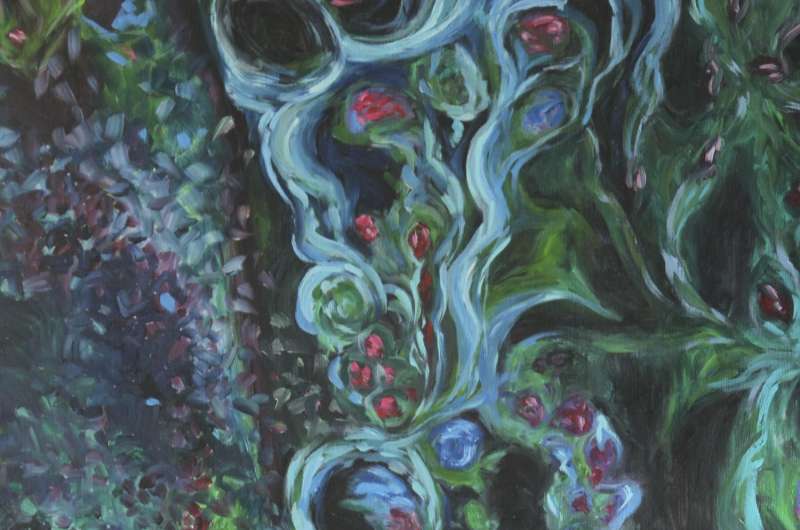Study identifies a key to bone formation and vertebrate evolution

Researchers in a USC-led study said they have identified a key action of a watershed gene critical to bone formation and the evolution of vertebrates.
The Sp7 or Osterix gene more than likely emerged from an ancestral gene family about 400 million years ago, expanding the diversity of life and programming the development of bone-secreting osteoblast cells. Bone-forming vertebrates now range from the tiny frog Paedophryne amauensis to the mighty blue whale.
"This study provides a fascinating and compelling example of how the emergence of novel gene regulatory networks connect to new cellular capabilities in the evolutionary process—specifically here in the program of bone formation," said Hironori Hojo, lead author and a postdoctoral research associate at the Eli and Edythe Broad Center for Regenerative Medicine and Stem Cell Biology at USC.
The study was published April 28 in Developmental Cell. Researchers said it is the first genome-scale look at how Sp7 directs bone-secreting cells called osteoblasts to fashion the skeleton.
There is a tight correlation between bone-forming ability and an Sp7-like gene. All major groups that comprise the diversity of vertebrates—such as zebrafish, frogs, geckos, alligators, birds, mice and humans—have an Sp7 gene. In contrast, the closest living relatives to vertebrates, including sea squirts and lampreys, lack bone and an Sp7 gene. This correlation sheds light into the history of life on Earth: The emergence of Sp7 likely was closely connected to the evolution of bone formation in a common ancestor that gave rise to all modern vertebrates.
"This is a wonderful example of how a narrow focus on the workings of a single gene illuminates bigger questions on the evolution of a skeletal scaffold we mammals share with fish, frogs, lizard and birds," said Andrew McMahon, senior author, W.M. Keck Provost Professor and chair of the Department of Stem Cell Research and Regenerative Medicine at the Keck School of Medicine of USC.
The Sp7 gene encodes a protein known as a transcriptional regulator, which controls the activity of a large number of other osteoblast-specific genes.
Since other members of the Sp family regulate gene activity by binding to specific sequences encoded in the DNA, Sp7 was also thought to act this way. However, studies by Hojo and his colleagues demonstrate a very different mechanism. Sp7 partners with another group of transcriptional regulators called the Dlx family and relies on their DNA-binding action to control osteoblast genes.
Other proteins likely also work in conjunction with Sp7 and Dlx factors, researchers said. More scientific inquiry is needed.
More information: Developmental Cell, DOI: 10.1016/j.devcel.2016.04.002
Journal information: Developmental Cell
Provided by University of Southern California


















